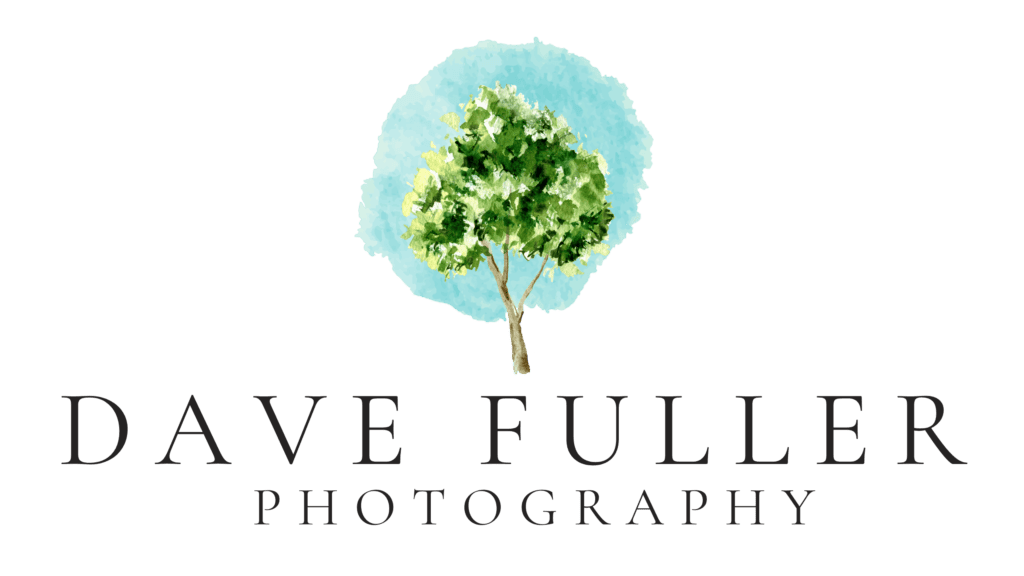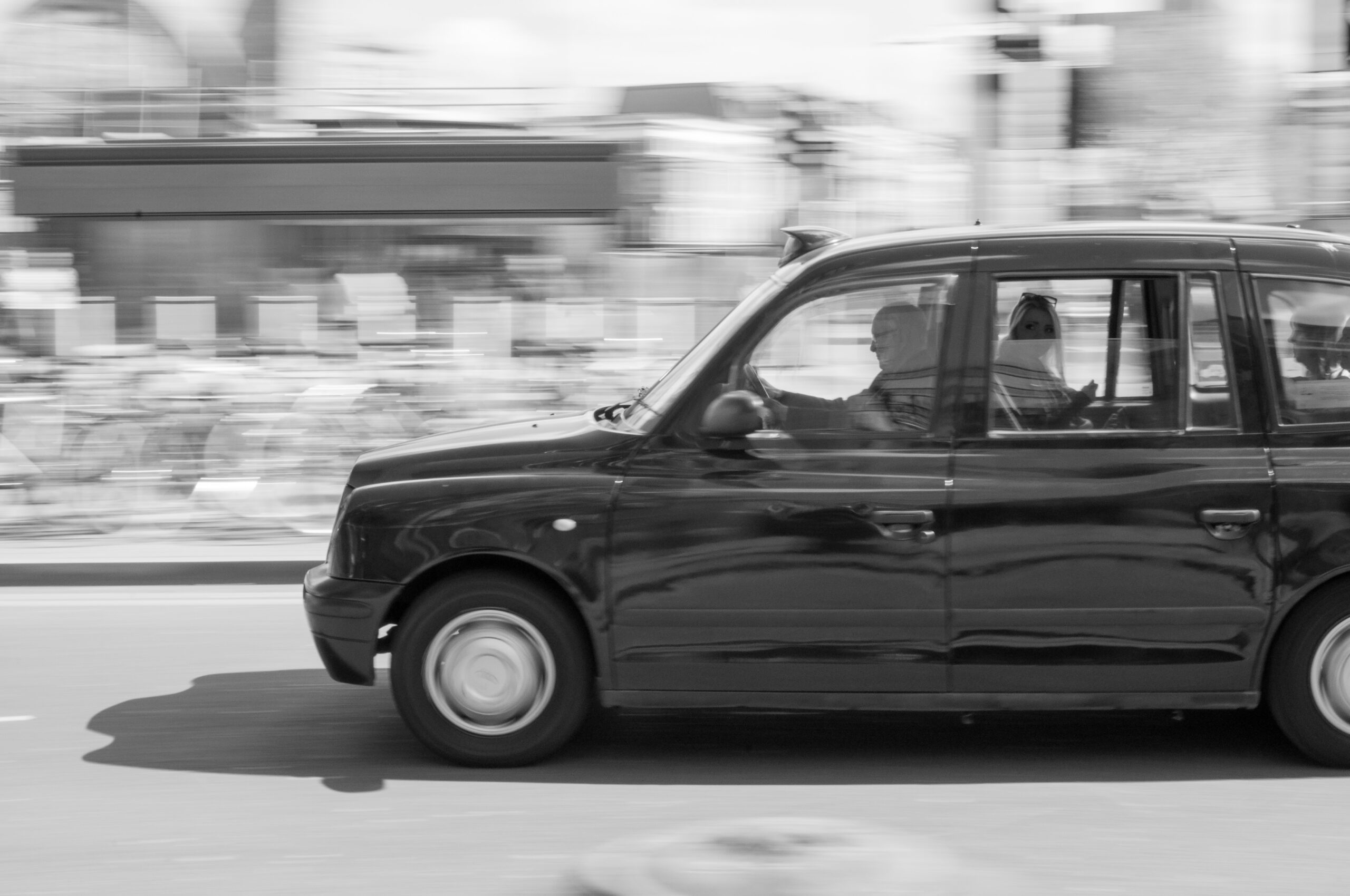Shutter speed is one of the three key elements of the exposure triangle, alongside aperture and ISO. It controls how long your camera’s shutter stays open to let in light.
But it’s not just about brightness—shutter speed also determines whether you freeze fast action or create artistic motion blur. Mastering it can transform your photography.
What is Shutter Speed?
Shutter speed is measured in seconds or fractions of a second (e.g., 1/250s, 1/1000s, 1/30s).
- Fast shutter speeds (like 1/500s or faster) freeze action, perfect for sports, wildlife, or candid moments.
- Slow shutter speeds (like 1/30s or several seconds) capture motion blur, which can make moving subjects look dynamic or create silky effects in waterfalls and rivers.
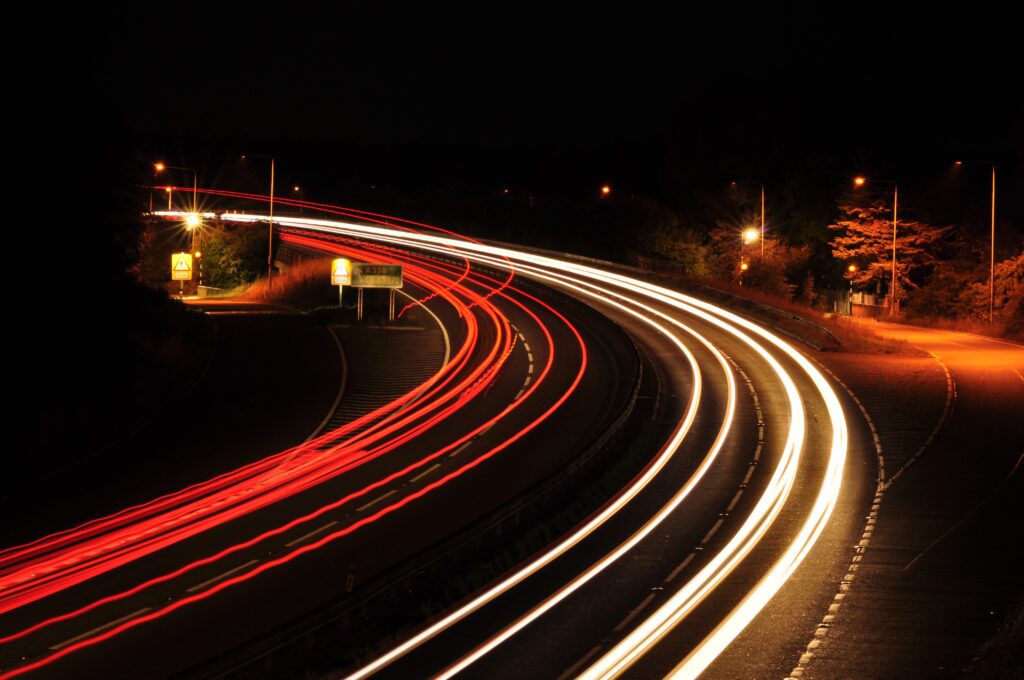
How Shutter Speed Affects Exposure
A longer shutter speed lets in more light, brightening your image—but increases the risk of blur from camera shake or moving subjects.
A shorter shutter speed lets in less light, which can keep images sharp but may require you to raise your ISO or open your aperture to avoid underexposure.
If you’re unsure about balancing all three settings, my Understanding ISO: How to Get the Best Exposure in Any Light and Aperture Explained: How to Control Depth of Field and Focus guides will help.
Creative Uses for Shutter Speed
- Freeze Action – Sports, wildlife, kids playing—use 1/500s or faster to capture crisp, clear moments.
- Show Motion – Use 1/30s or slower to let moving subjects blur for a sense of energy.
- Light Trails – Try several seconds for cars at night or star trails in the sky.
- Panning – Move your camera with your subject at slow speeds to keep them sharp while blurring the background.
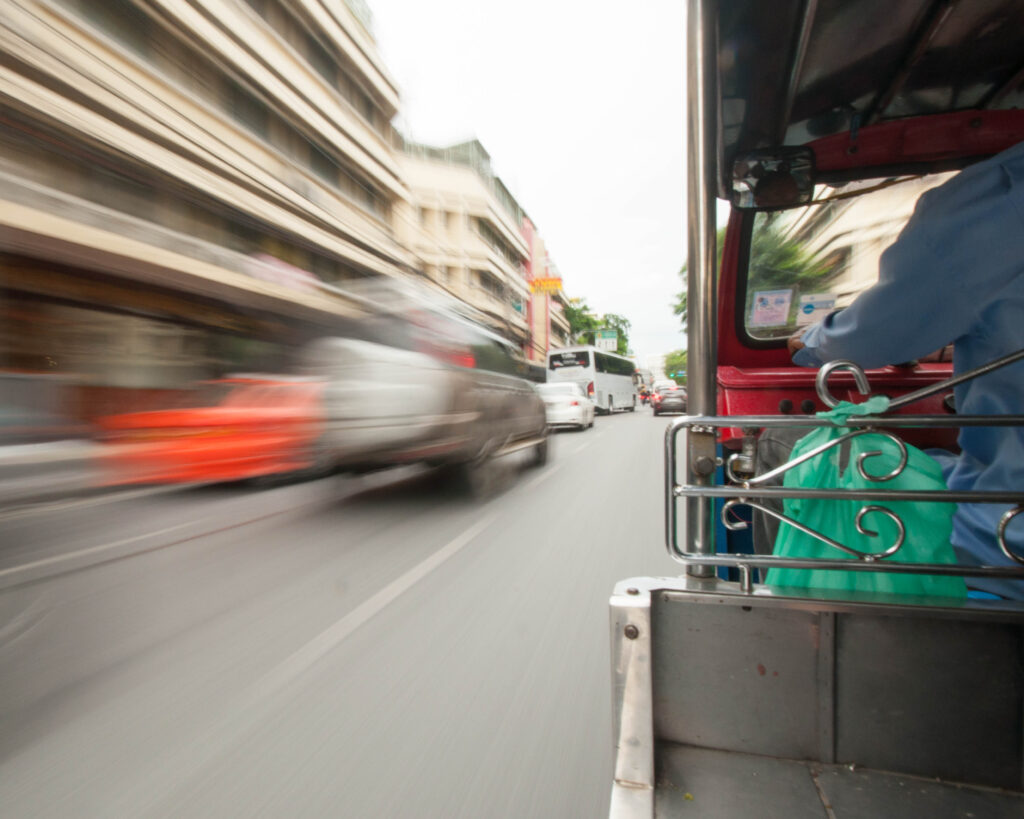
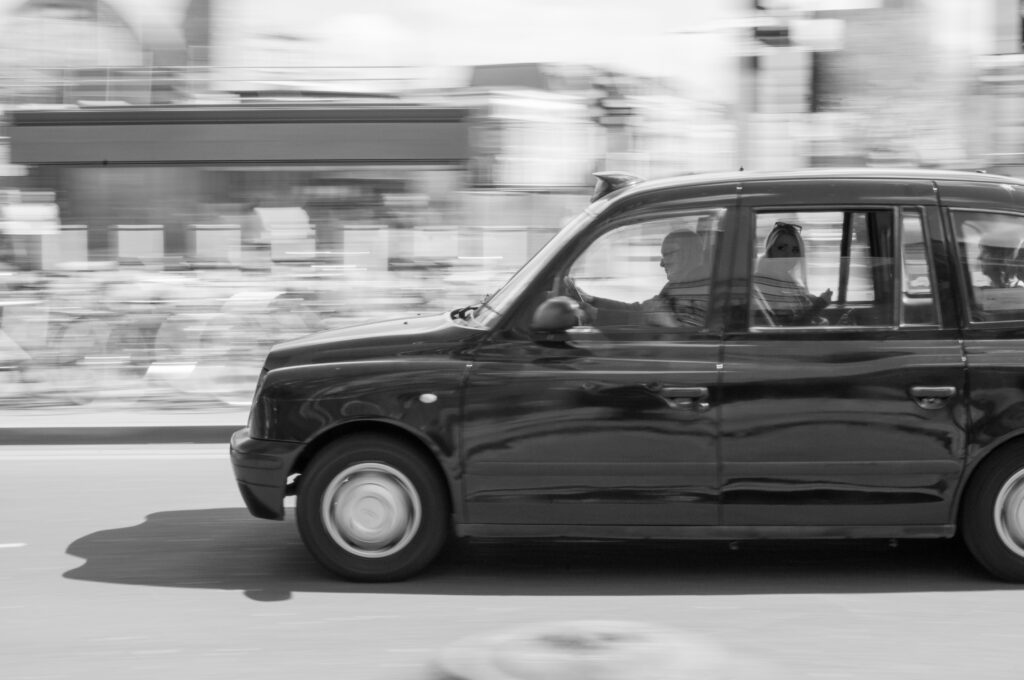
Tips for Using Shutter Speed
- Watch Your Minimum Handheld Speed
A common rule is to use a shutter speed at least as fast as your lens’ focal length. For example, at 50mm, try to stay at 1/50s or faster to reduce camera shake. - Use a Tripod for Long Exposures
Anything slower than around 1/30s benefits from a tripod to keep your subject sharp. - Experiment in Shutter Priority Mode
Like Aperture Priority Mode, this semi-automatic setting lets you choose the shutter speed while the camera sets the aperture for correct exposure.
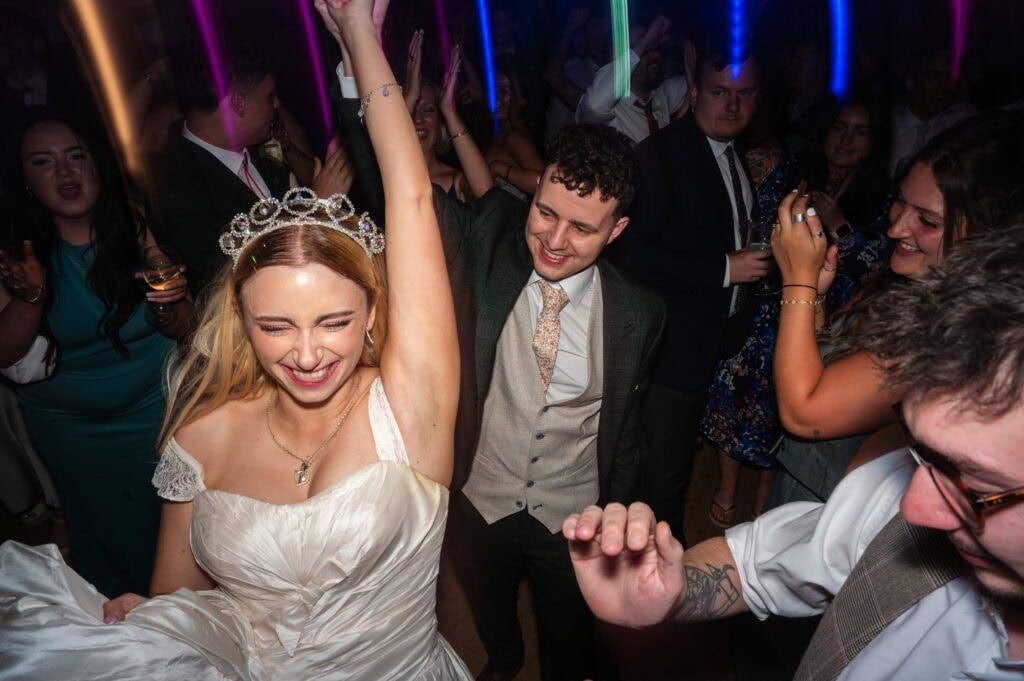
Linking Shutter Speed to Composition
Understanding shutter speed frees you up to focus on creative composition techniques like the Rule of Thirds or Using Leading Lines, knowing your exposure will support your vision.
Shutter speed is more than just a technical setting—it’s a creative tool. Whether you want to freeze a fleeting smile or capture the rush of movement, mastering shutter speed gives you the power to tell your story exactly how you see it.
Where next on your photography journey?
If you’re ready to keep building your skills, explore more of our photography guides below. Each one dives into a different technique, helping you grow in confidence and creativity with every shot.
- Creative Ways to Use Shadows and Silhouettes in Your Photos
- Shutter Speed Explained: How to Freeze or Blur Motion in Your Photos
- Why You Should Use Aperture Priority Mode for More Creative Control
- Aperture Explained: How to Control Depth of Field and Focus
- Understanding ISO: How to Get the Best Exposure in Any Light
- Using Leading Lines to Guide the Viewer’s Eye in Your Photos
- Mastering the Rule of Thirds: How to Compose Your Shots

